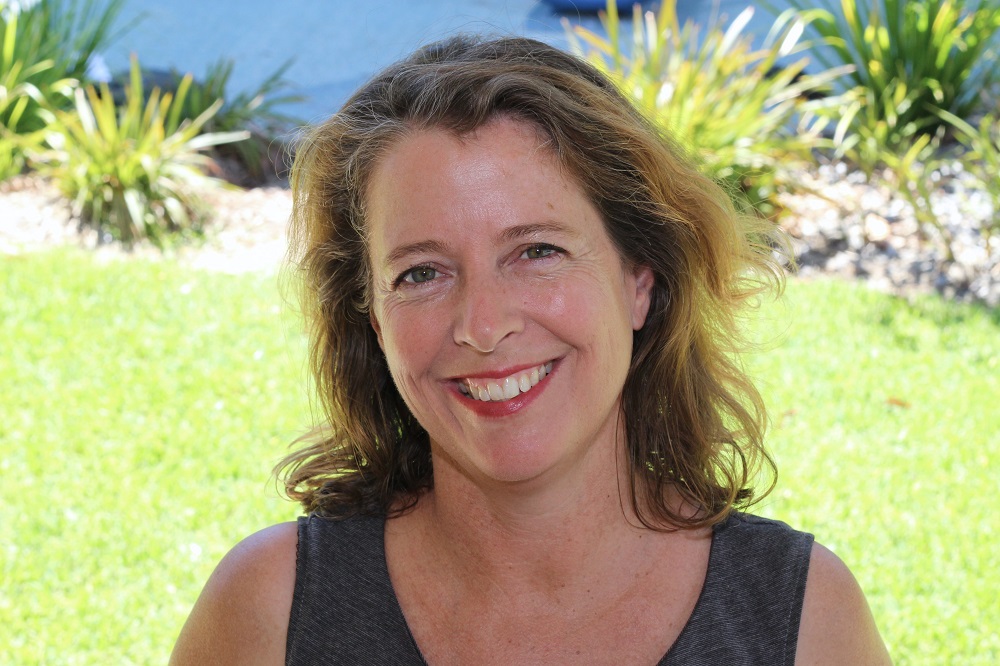
I had not really looked into autism so much and when I did I found there were so many inconsistencies and a lot of what was being said didn’t make a lot of sense to me. I knew this from a professional perspective – I have a degree in psychology and I have worked with youth and kids with learning difficulties – and also from a personal perspective, because I thought ‘wow, this is me’, ‘this explains me’.
I, like many women my age, have found a lot of resonance in the description of autism and the ways in which it explains so many things about your life. On exploration of autism I found that so much of it made sense to me, and yet there was something missing. The therapies seemed to miss the point and no-one seemed to know what it was. We still don’t, there is no known biomarker for autism.
So, I went looking and I found The Polyvagal Theory by Dr Stephen Porges and it made sense. It made sense of all the work and reading I have ever done – I have been passionate about the mind/body connection and brain plasticity for as long as I can remember – and it made sense to me personally, because I know what it feels like when your face drops out and you can’t speak properly, what it is to feel stupid in a room full of people even though you know very well that you have an excellent mind, and how exhausting it can be just to pick yourself up and get ordinary stuff done.
I have been passionate about the mind/body connection and brain plasticity for as long as I can remember – and it made sense to me personally, because I know what it feels like when your face drops out and you can’t speak properly
I think this is why I work so well with my clients. Whether they can speak or not, I implicitly understand that there is a brilliant mind in there, just locked in a body that doesn’t work so well. This is the beauty of The Polyvagal Theory to me. It explains to people on the spectrum what is happening for them. It is empowering because it takes it out of a brain deficit model and makes it into something else and when I tell it to people on the spectrum they say ‘wow, you get it’! It actually resonates for them, whereas not much else does.
I used to ‘feel’ yellow when I was little.
I read Charles Williams’ books and Tolkien when I was seven. This kind of thing is common in the autism world, people on the spectrum can inhabit a different mental space, they can see wider and it is being borne out by research. Aspect Australia have just released a study saying that one third of people with autism have special abilities (and these are just the abilities we know how to measure) and Diane Powell in the US is doing some amazing work with autism and telepathy.
Tony Attwood says that autism may well be a new evolutionary sequence and I am inclined to agree. The ‘social engagement system’ – how our eyes, ears, face, voice and feelings are all physically connected – is our newest evolutionary function; perhaps people with autism have an even newer brain sequence and it just needs a way to be better integrated into the body? I work with adults and teens on the spectrum and I have results that we do not expect to have and I think it is because I am pushing past the ‘glass ceiling’ of autism. I work with reducing their sensory distress and re-engaging their awareness of their physical system. I don’t work with how to make them fit into the world. Just how to fit into their body better.
Holly Bridges will be speaking at the 2017 Autism West Symposium, which will take place on the 3rd & 4th November at the Esplanade Hotel, Fremantle. Tickets are selling fast so don’t miss out – grab yours by clicking here.
About Holly Bridges
Holly Bridges is author of Reframe your thinking around autism and an advocate for a progressive approach to Autism and Asperger Syndrome. She is a keynote speaker, workshop leader and 1:1 therapist. Her mission is to facilitate progress with those on the spectrum to greater and greater levels of resilience and self-mastery. Rather than working from a ‘brain deficit’ model of autism Holly starts from the premise that every student can upgrade their mind / body connection, if they are given the right tools and are treated respectfully, positively, and creatively.